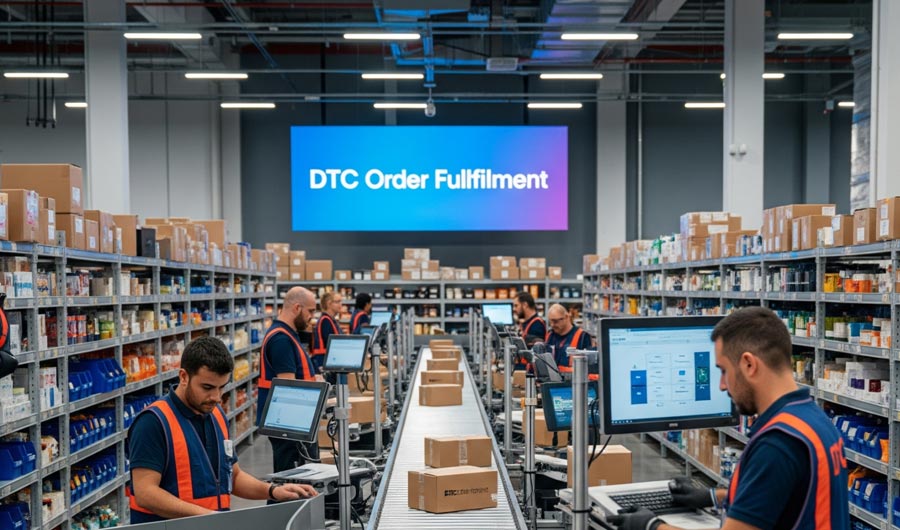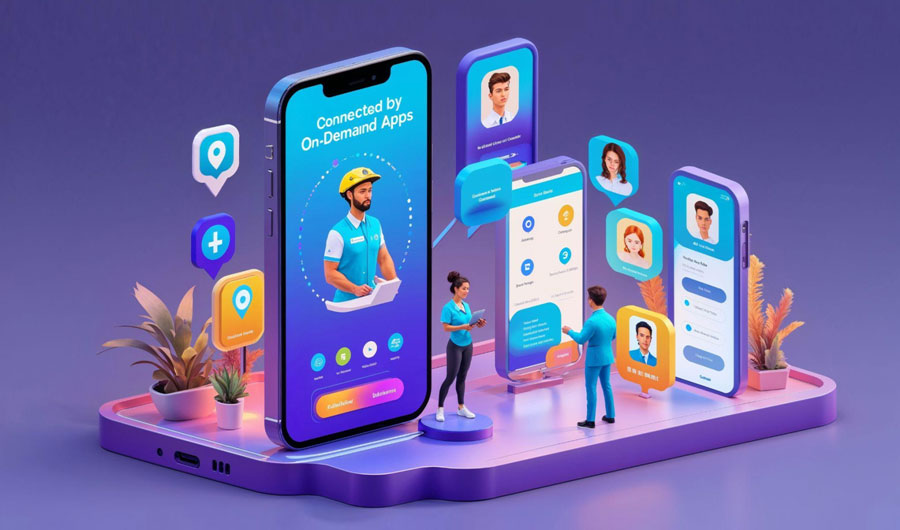
Latest Custom App Development and Design 2024
In today’s fast-paced world of mobile apps where users want more and tech keeps improving, companies need to create custom apps. This approach helps make solutions that fit exact business needs and gets users more involved through special designs and features that focus on them.
Let’s look at the key steps and things to think about when making successful custom apps, from the first idea to the final product.
Tailoring Solutions: The Core of Custom App Development
Custom app development is all about making a solution that matches what a business needs to do and wants to achieve. This process starts with a close look at the target market finding out what users need and what problems they have. For example, a shopping app might try to make buying things easier, while a health care app might focus on keeping patient information safe and private.
Developers then turn these insights into a detailed plan for the app. This step is key to laying out what the app should do and how it should work. It acts as a guide for the whole development process making sure every feature lines up with what the business wants to achieve.
Design Excellence: Beyond Looks
When it comes to custom app development, design plays a bigger role than just making things look pretty. It shapes every way users interact with the app. A well-designed app feels natural and easy to use drawing people in without a second thought. For companies, this means users stick around and have positive experiences that boost sales and keep customers coming back.
UX design zeroes in on how people move through and use the app. Its goal? To make the app as easy to understand as possible. Good UX design cuts down on the time it takes to learn the app and helps users find their way around . This might mean predicting how users will move through the app breaking big tasks into smaller steps, or putting key features front and center.
UI design, which handles how the app looks, works with UX to create a smooth unified experience for users. It’s all about using colors, fonts, and other design elements to communicate and make the app easy to use. When visual elements stay the same throughout the app, users feel more at ease as they explore different parts, building trust and a sense of quality.
Scalability and Security: Foundations of Reliable App Development
As companies expand, their mobile apps need to grow too. Scalability in app development means an app can handle more work and users without slowing down. To plan for this, developers think about tech stuff like server space and how to manage data. They also tweak designs to fit new features and more users.
Security matters just as much. With more threats and smart cyber-attacks out there, keeping a mobile app safe is key to protect user info and keep their trust. From the get-go, developers should use top-notch encryption, secure API links, and test hard for weak spots.
To keep an app safe and able to grow over time, it needs regular updates and care. This means developers have to stay on top of new security tricks and ways to make apps bigger. It’s about being ready to tackle new problems and chances in a fast-changing digital world.
Best Practices in App Development and Design
Sticking to best practices in both development and design plays a key role in the success of a custom mobile app. This means following coding standards that lead to clean, readable, and maintainable code, which is key to future updates and growth. Regular code checks and following established software development methods, like Agile, help reach this goal by encouraging ongoing improvement and adaptation throughout the app development process.
Companies looking to improve their mobile app’s design and function can gain an edge by hiring specialized service providers. These services come equipped with expert teams who are adept in the latest mobile app design and coding practices. Their skill in adding the latest tech trends and following modern design rules makes sure your app works well and looks great. Using this outside know-how helps companies speed up their development, boost productivity, and cut costs while keeping quality high. This puts their app in a good spot in the tough digital market.
Continuous testing is a key practice you can’t ignore. When developers test the app throughout its creation, they can spot and fix problems before they cause trouble. This includes using both automatic and hands-on testing methods covering everything from ease-of-use checks to performance and security reviews.
Future Trends in Mobile App Development
To stay competitive in the app market, companies need to keep up with future trends. This means watching new technologies, what users want, and how the market changes. For example, as data privacy becomes more important, developers must focus on safe data practices and be clear about how they handle user information.
Embracing new tech like blockchain for safety or 5G for quicker data movement can have a big impact on how an app works and how much people like it. As these tools become more common, adding them to mobile apps will be key for companies that want to offer the latest and greatest solutions.
knowing that the mobile app scene keeps changing helps businesses see what’s coming and tweak their plans to match. This forward-looking mindset is a must for anyone who wants to make it big in the tough world of custom app creation and design.
Ongoing Change: Keeping Up with New Realities in App Building
As mobile tech keeps evolving, businesses need to stay alert and ready to adapt to keep their apps relevant and current. The ability to adjust to new tech and shifts in user behavior isn’t just beneficial – it’s essential for long-term success.This flexibility is key in a world where digital screens are more and more the main way businesses and customers talk to each other.
The addition of new tech into current app systems is a key trend that needs constant focus. Take IoT features in apps as an example. These can boost how users interact and create new ways to gather data and automate tasks. This lets companies offer a more complete service where the app isn’t just for talking to users but also plays a big part in their daily lives.
Also, there’s a growing push to make app creation more eco-friendly and aware. People are thinking more about the ethics of what they use online. To keep up, businesses are starting to use methods that put the planet first. This includes cutting down how much power their apps use and making sure their work doesn’t lead to needless digital trash.
Finally, creating an environment that promotes ongoing learning and fresh ideas in dev teams can result in more imaginative and useful app solutions. Pushing developers to keep up with new coding languages, dev tools, and design thinking can breathe new life into the development process and spark breakthroughs in how apps work and look. This approach not only makes the product better but also leads to a more lively and involved dev team ready to push the limits of what mobile apps can do.






